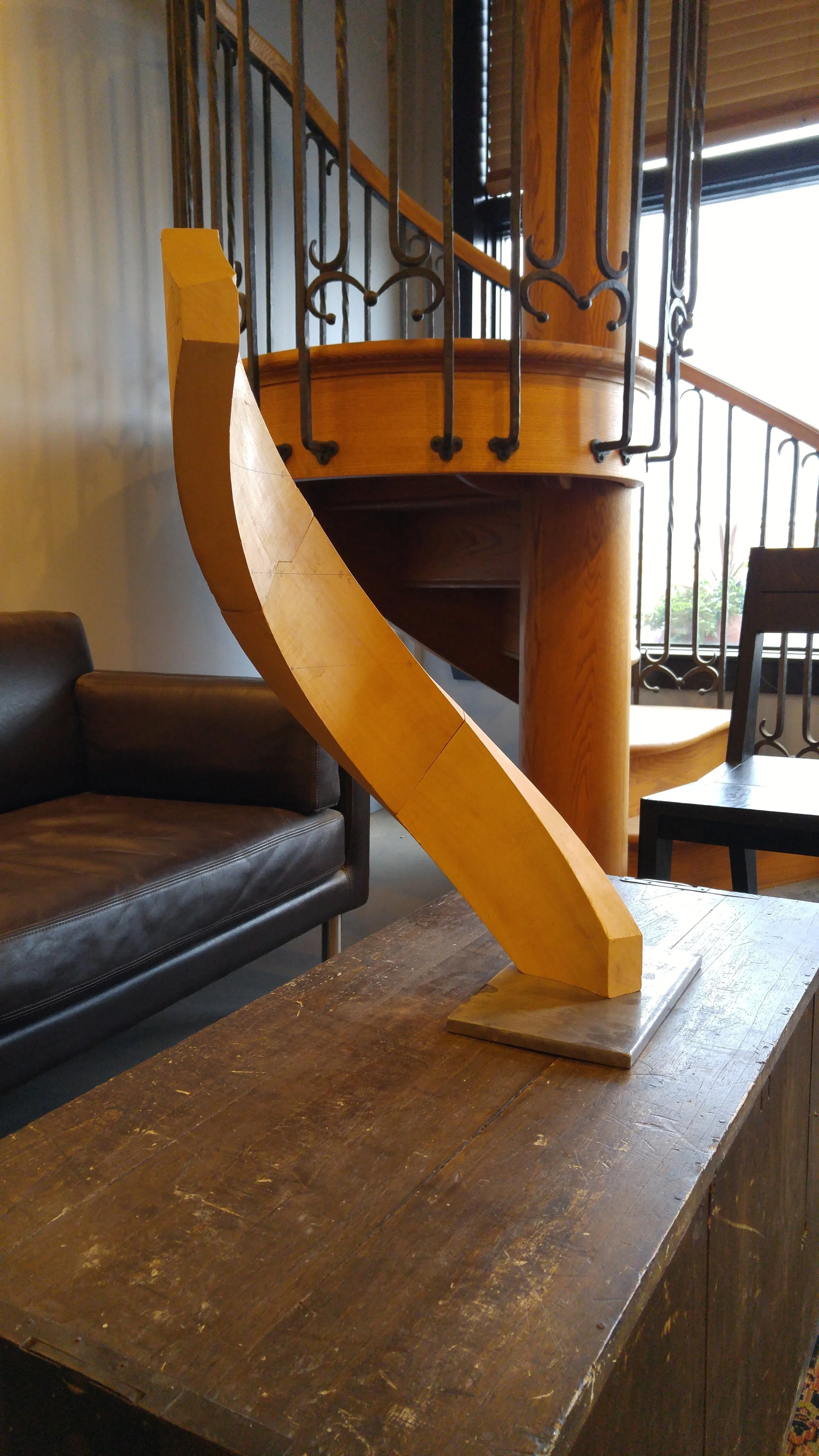The Perfect Spiral
For the opening installation, Cooper Hewitt Smithsonian Design Museum presents the extraordinary 18th- and 19th-century models of staircases and significant architectural models, many of which were designed in the compagnonnage tradition.
The Compagnon du Devoir, or “Brotherhood of Duty”, is an elite guild of woodworkers, who for centuries have “gathered the brightest talent, forming a fellowship of craftspeople who traveled the world beautifying civilization’s greatest cities and handing down their skills from master to apprentice.”
At each stage of their learning process, Compagnon’s create models that facilitate their mastery in their craft. Pictured above is “one of the most accomplished of the staircase models produced in the compagnonnage tradition in France during the late eighteenth to early twentieth centuries.”
“The idea of the spiral was part of the history of real staircases. After originally being exterior to a building, and often hidden for defense, staircases moved to the interior and became helixes, double helixes and multi-tiered cantilevered creations of status rather than of fortification. They added sculptural grace to both the building and those who used them. This model shows that sculptural grace.”
In 2002, Gauge Design Group became the first North American stair maker certified by the Compagnons as an approved destination “Stage” for their apprentices and masters. Over the course of a decade, we have hosted eight different Compagnons, for a year at a time, as they trained toward the mastery of their craft.
Gauge Design Group prides itself on its unique embrace of modern approaches and materials alongside the techniques and tradition of the Compagnon du Devoir. We are privileged to have three of these maquette spirals as part of our collection in our Seattle showroom (pictured below).
Read more from the Cooper Hewitt Website or view the entire collection here.








